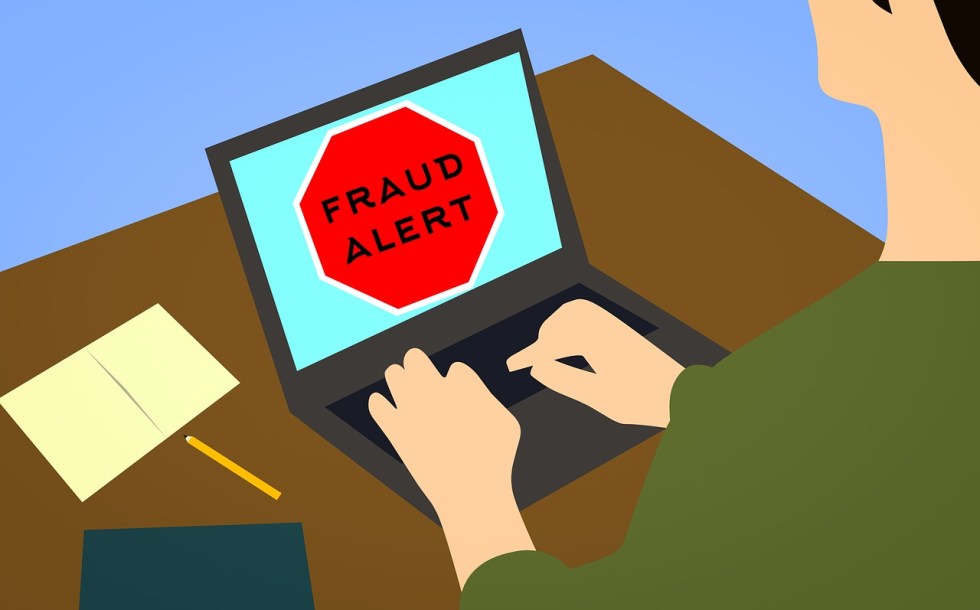A report by The Wall Street Journal reveals the alleged illicit acts of Bitfinex and Tether in 2018. This is one of the many legal issues and controversies that have characterized Tether since its launch in 2014.
One of the past legal issues with Tether was when New York banned it from operating in the state. The Office of the New York State Attorney General investigated the firm in 2018 for giving out loans to investors and offering unregistered securities.
Some of these issues then placed Tether and its sister company Bitfinex in a difficult position as they could no longer access banking services. The firms allegedly falsified documents for support and even presented shell companies to confuse the banks.
WSJ Uncovered Information In Emails
While investigating the issues surrounding Tether and Bitfinex in 2018, the Wall Street Journal accessed some emails sent back and forth to get banking support. In the WSJ report, the firms tried to mask their identities by using other individuals or fake companies to deceive the banks.
These attempts exposed them to more issues with regulators leading to the seizure of assets worth millions of dollars and connections to terrorist groups.
In one of the emails, Stephen Moore, one of the owners of Tether Holdings Ltd, cautioned a USDT trader in China attempting to use fake contracts and sales invoices to deceive the bank. In Moore’s words, using the fake documents he signed to open accounts was becoming riskier.
Tether And Bitfinex Issues In 2018
Tether Holding LTD is behind USDT, a stablecoin worth over $70 billion. Tether USDT ranks number one among stablecoins but occupies the third position in market capitalization among all the crypto assets.
Being a stablecoin pegged to the USD, Tether USDT must have an equivalent amount of USD in reserve backing up each coin in circulation. This means that for every 1 USDT out there, there must be 1 USD in the Federal Reserve backing it up.
But Tether’s issues started when the US government discovered it lied about backing up the coins in circulation with the USD in reserve. The Commodity Futures Trading Commission investigated the stablecoin and found the false claims.
CFTC revealed that from 2016 to 2018, Tether held only 27.6% of all the circulating coins in USD equivalent. Instead, Tether’s reserve depended on third parties and unregulated entities holding funds making up the reserve, and Tether shared reserves with Bitfinex.
Bitfinex is one of the largest crypto exchanges worldwide, founded in 2012. Its services cover retail crypto traders, institutional investors, and trading options such as margin and spot trading. Notably, the exchange is registered in the British Virgin Islands.
Since its inception, the exchange has recorded hack incidents and Bitcoin price manipulations on its platform. For instance, the exchange suffered a hacking incident in 2015 that left it with a loss of 1,500 BTC worth $400,000.
In 2016, the exchange was fined $75,000 by the US Commodity Futures Trading Commission for offering off-exchanged financed commodity transactions. The commission accused it of violating the Commodity Exchange Act since it didn’t register as a Futures Commission Merchant.
The following year 2017, Wells Fargo cut off the exchange wire transfer leading Bitfinex to record a delay in its USD withdrawal processing which it also announced. Following the Wells Fargo ban, Bitfinex Taiwanese bank also cut it off, leaving Noble Bank International to handle its banking needs. But by 2018, the NBI also terminated its relationship leaving Bitfinex.
In 2018, the exchange had severe issues with its banking relationships, leading to several illegal attempts to reconnect to the banks. By 2019, New York General Attorney Letitia James accused Bitfinex of using Tether, its affiliated company, to cover an $850 million loss proving its deep connection to the stablecoin company.
Featured Image from Pixabay and chart from Tradingview.com
